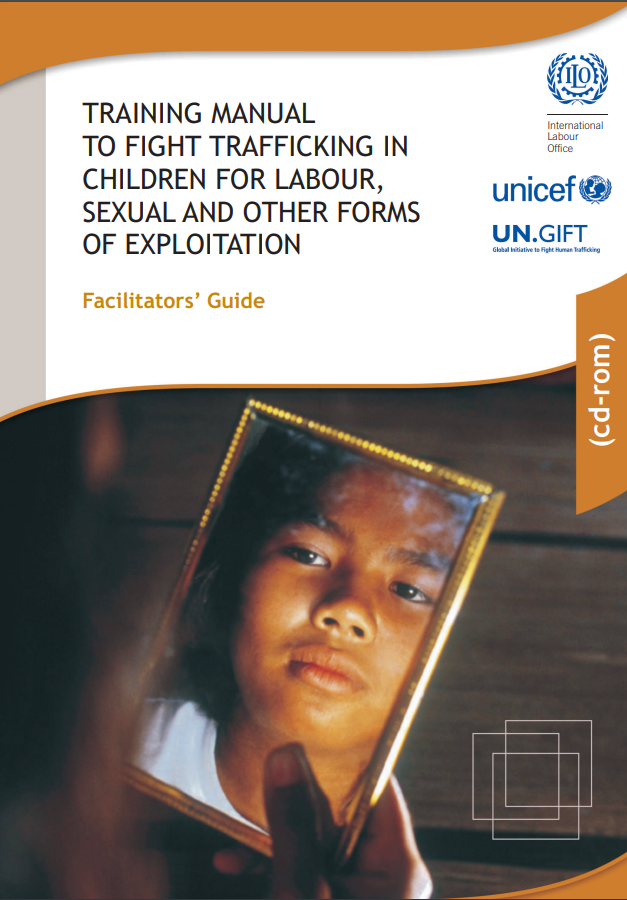Power, Impunity and Anonymity. Understanding the Forces Driving the Demand for Sexual Exploitation of Children
PublicationsThis paper has been produced to support the Special Rapporteur on the sale of children, child pros tu on, and child pornography in the prepara on of the yearly thematic report planned to focus in 2016, on the demand for sexual exploitation of childr...Read More

